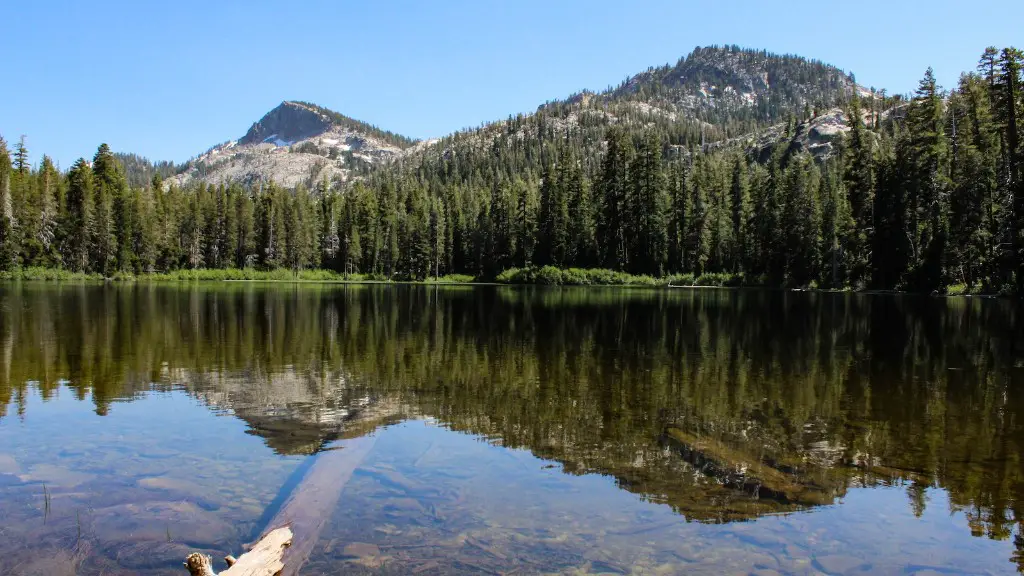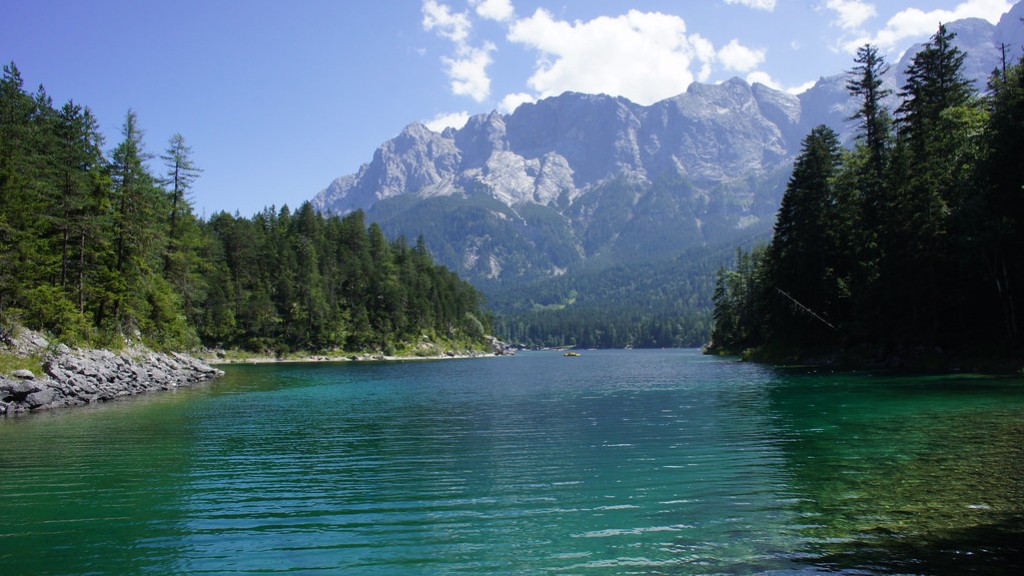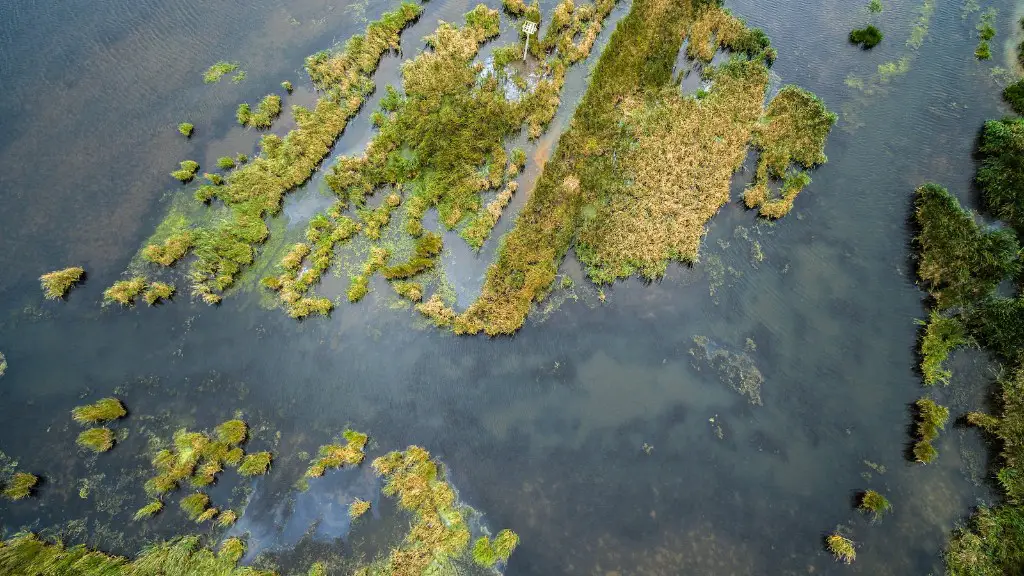Lake Michigan Overview
Lake Michigan is one of the largest of the five Great Lakes, located in between the state of Michigan and Wisconsin in the US. It is the fifth-largest freshwater lake in the world, accounting for 18% of the continent’s surface freshwater. The lake is known for its strong currents and its impressive size, which can make it difficult to analyze the creatures living in it.
Lake Michigan’s glacial history means that although it appears to be an oceanic-style lake, it is actually composed of four different basins. It covers an area of 22,400 square miles or just under 60,000 square kilometers, is 307 miles long, and has an average depth of 279 feet. Its deepest area is 927 feet.
The most dominant species in Lake Michigan is the Lake Trout, which have been introduced from the Atlantic Ocean. The trout population had declined over the past century, but has slowly been increasing, thanks to fish reintroduction programs. Other species include whitefish, walleye, sturgeon and smallmouth bass, as well as the endangered lake sturgeon.
What Is The Biggest Animal In Lake Michigan?
The biggest creature living in Lake Michigan is the lake sturgeon. It is one of the oldest living species on this planet, and its royal status dates back 300 to 400 million years. It is an anadromous fish, meaning it spawns in rivers and migrates to deep, cool lake areas.
Lake sturgeon can grow up to six and a half to nine feet long and can reach a whopping 300 pounds in weight. Its long, slender body is covered in bony plates called scutes, and the skin varies in color from light tan to black. Its notable barbels, which hang near its snout, are its most unique feature, as they help the fish locate food easily.
When lake sturgeons are young, they feed on mollusks, crayfish, and insects. As adults, they primarily feed on small fish, but also consume benthic bugs. Spawning for lake sturgeons occurs during spring, typically between April and early July. Females can lay up to
2 million eggs each year, a phenomenon which has contributed towards their high population in Lake Michigan.
Lake Michigan Conservation
In 2012, the Lake Michigan sturgeon was declared a threatened species by the Wisconsin Department of Natural Resources, which means it must be protected in order to prevent its further decline. Unfortunately, overfishing, along with water contamination and sedimentation, are some of the major threats to this species.
The US Fish and Wildlife Service states that it is working with landowners, businesses, and other organizations to give the sturgeon a better chance at survival. One of the main projects involves reintroducing captured lake sturgeons into their historic spawning areas. This helps to control the sturgeon population and ensure that the species is able to survive and continue to live in Lake Michigan.
The Lake Michigan Fishery Program in Wisconsin has also begun monitoring the health of the lake sturgeon population and has launched several conservation projects. One of the projects focuses on limiting illegal fishing, which has proven to be a major problem for this species.
Conclusion
The lake sturgeon is the biggest animal living in Lake Michigan, a species that has been around for hundreds of millions of years. Unfortunately, it is threatened due to illegal fishing, water pollution and sedimentation. A number of conservation programs are currently in place to ensure that the lake sturgeon can continue to survive in this lake and to help restore their population.


